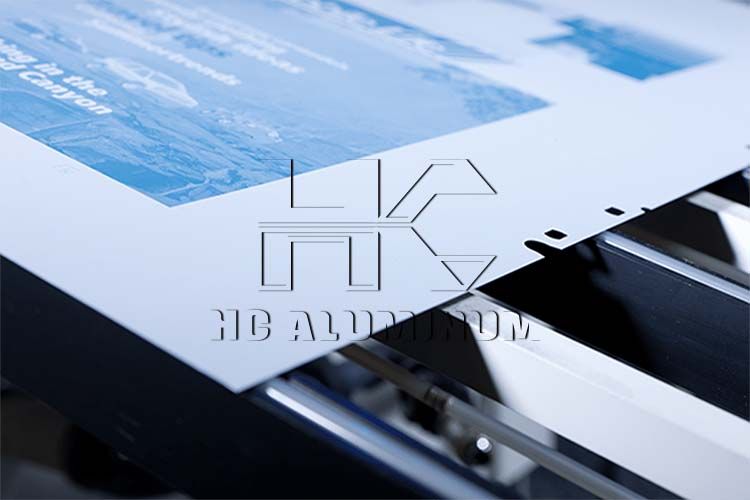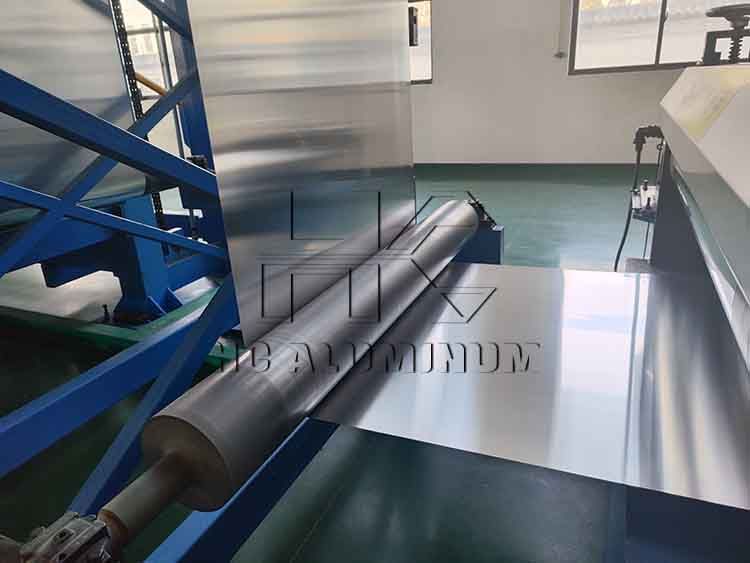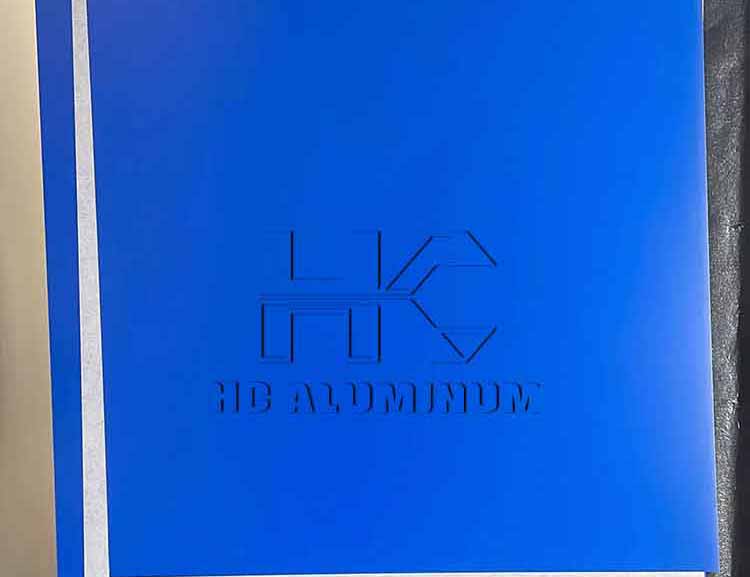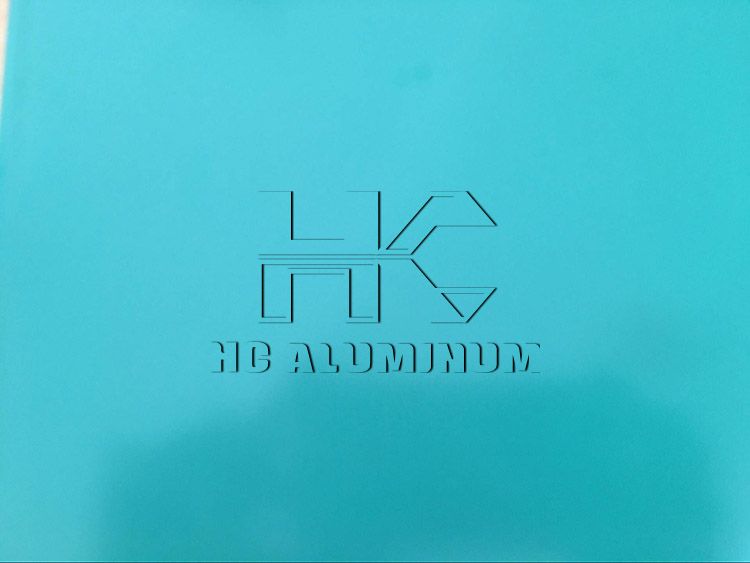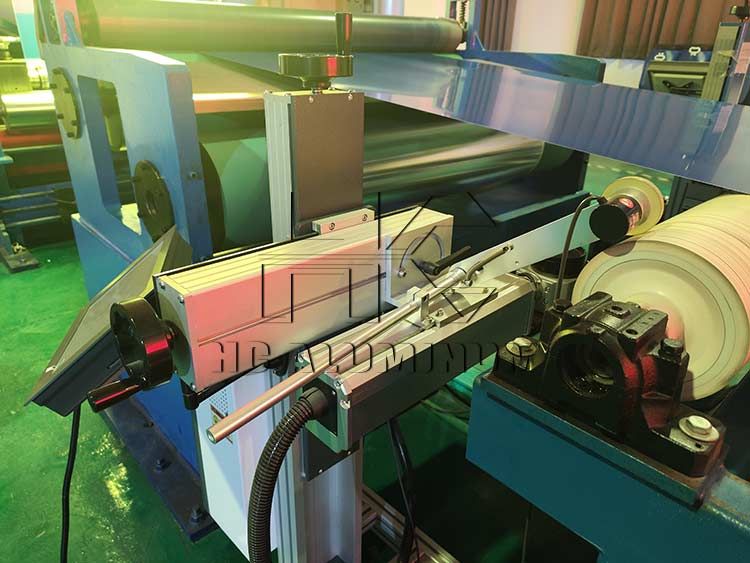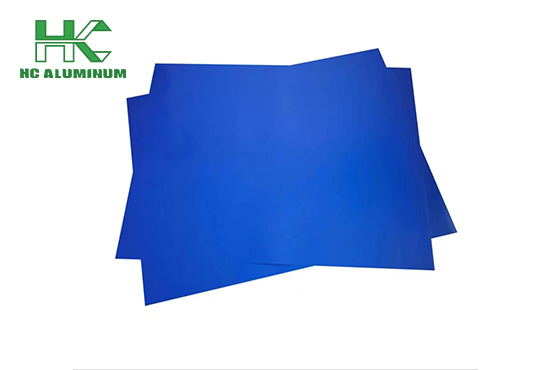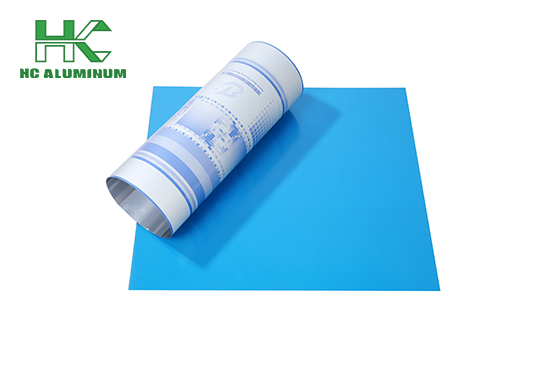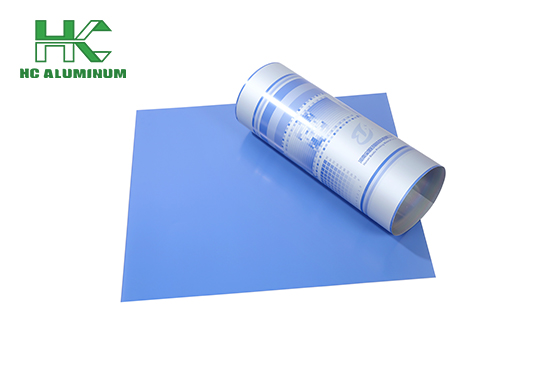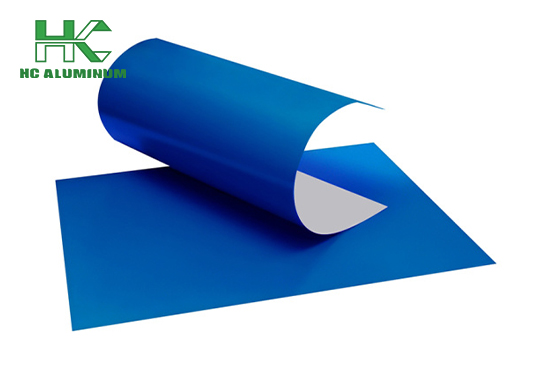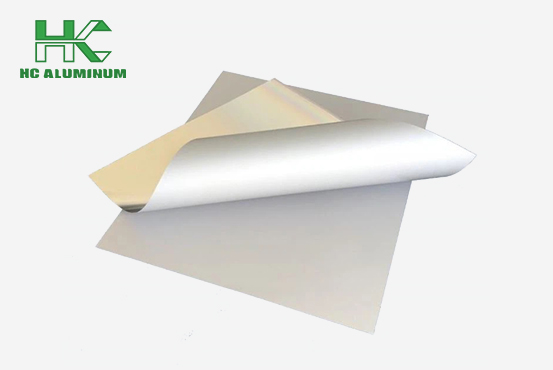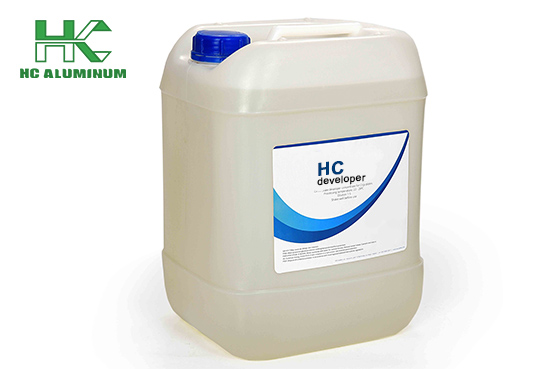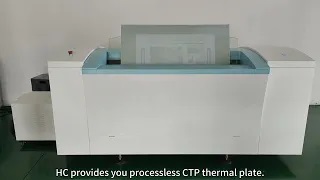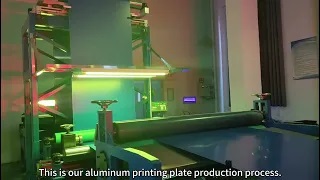Which Kind of Printing Plates Are Suitable for Commercial Printing
In the commercial printing industry, choosing the right commercial printing plate type is crucial for ensuring print quality, controlling costs, and meeting specific printing needs. Different printing plate types have unique characteristics and applications.
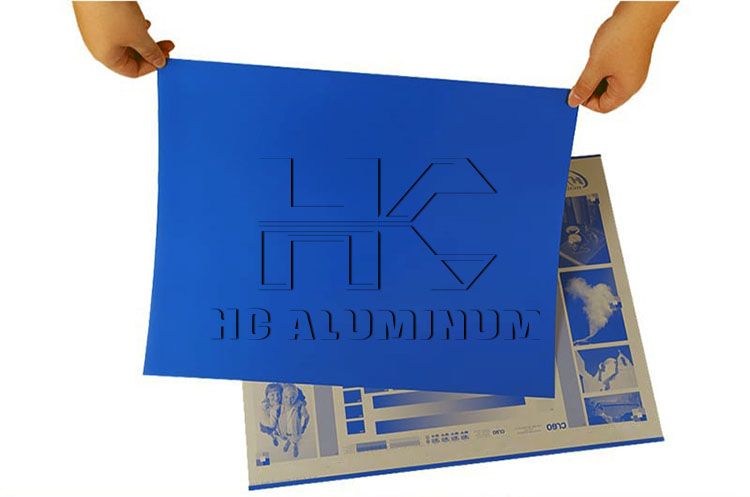
Letterpress Printing Plates
Letterpress printing is an older printing method in which the image and text sections of the printing plate are raised above the blank areas. During printing, the raised image and text sections are stained with ink, which is then transferred to the substrate. Flexographic printing is now more widely used. Its printing plates offer high flexibility and high resolution. Using water-based inks improves image quality and is more environmentally friendly. Flexographic prints produce rich, vibrant colors, but are prone to edge effects. They can print on a wide range of substrates, including paper, plastic film, aluminum foil, and self-adhesive labels.
Lithographic Printing Plates
Lithographic printing plates have the image and text sections lying on the same plane as the blank areas. Utilizing the principle that oil and water do not mix, the non-image sections of the offset aluminium plate are first wetted with water to form a water film, and then the image sections are wetted with ink to form an ink film. Plates used in lithographic printing include PS plates, gravure plates, albumen plates, and multi-layer metal plates.
PS plates are suitable for high-precision color or monochrome printing. They typically retain the plate for subsequent printing, and the print quality is quite precise. Lithographic printing is extremely widely used and is the mainstay of modern color printing, often used for large-scale printing of posters, packaging, albums, brochures, magazines, calendars, and other products.
Its ease of platemaking and low cost allow for rapid and accurate color registration, resulting in soft tones, rich gradations, and uniform ink absorption, making it suitable for large-scale printing, especially for printing images. However, its coloring is less dense and vibrant than that of letterpress printing.
Gravure Printing Plates
In gravure printing, the image portion of the plate is lower than the printing surface. During printing, a portion of the plate cylinder is immersed in the ink reservoir, and ink fills the inking holes formed in the recessed image portion. A squeegee then removes the ink from the plate surface. Under the pressure of printing, the ink in the inking holes is transferred to the substrate.
Its advantages include high print quality, a thick ink layer, vibrant colors, sharp lines, high saturation, long-lasting printing plates, stable print quality, and fast printing speeds. It holds a significant position in the printing, packaging, and graphic publishing sectors, and is widely used in the printing of plastic film packaging, banknotes, stamps, stock certificates, and other securities. However, gravure printing has a long plate production cycle and high costs, making it typically suitable for large-scale printing, with larger batches yielding higher returns.
Screen printing
Screen printing uses a screen made of silk, metal, or synthetic materials as a printing plate, creating fine perforations in the printed area. During printing, ink is applied to the plate above the substrate beneath, and a squeegee is used to force the ink through the perforations. Screen printing plates are typically made by coating the screen with photosensitive resin, laminating it with a positive film, and then exposing and developing it. Screen printing is widely used in large-scale advertisements, posters, book covers, and various products, including porcelain, glass, metalware, T-shirts, and circuit boards. It is a widely used printing method in industrial printing.

